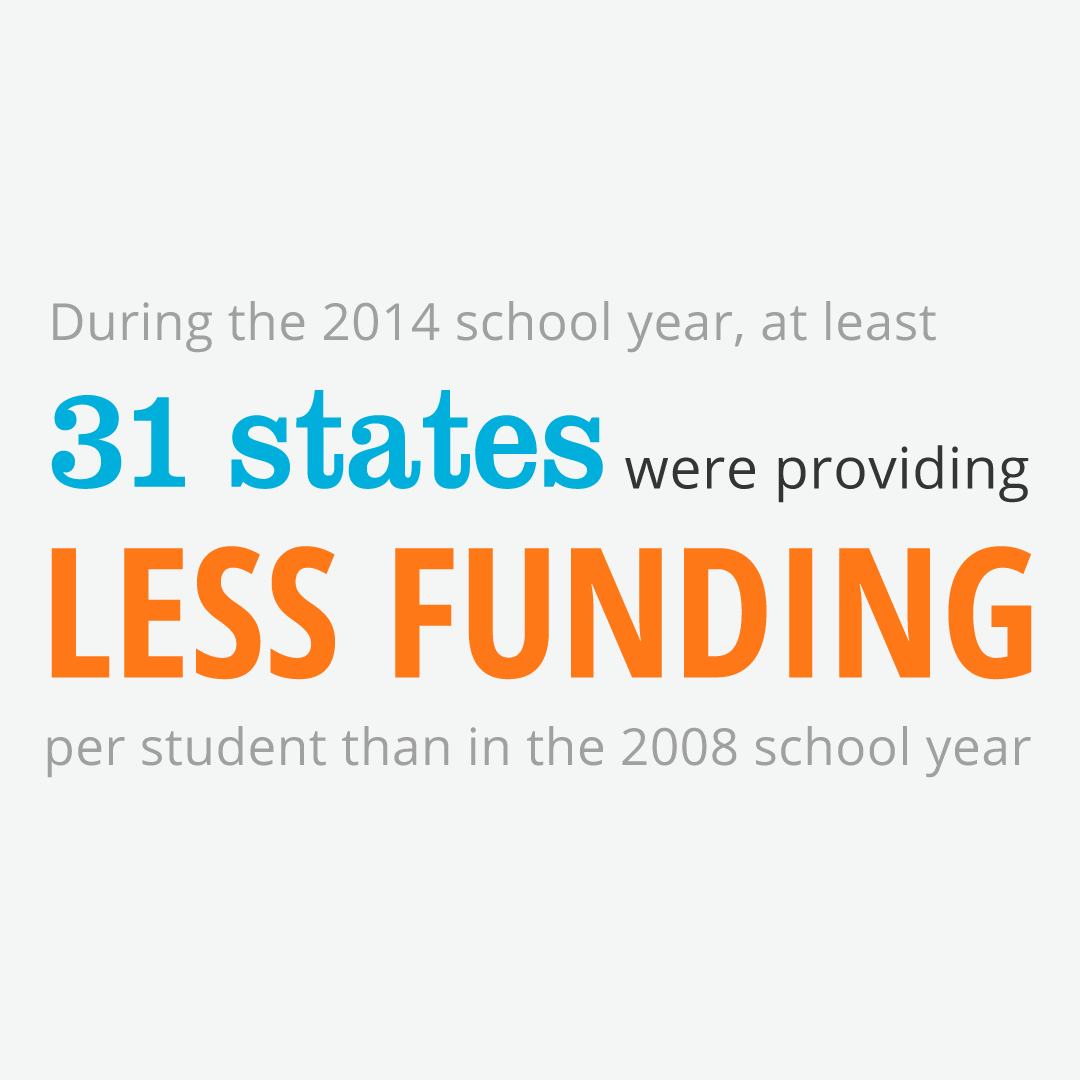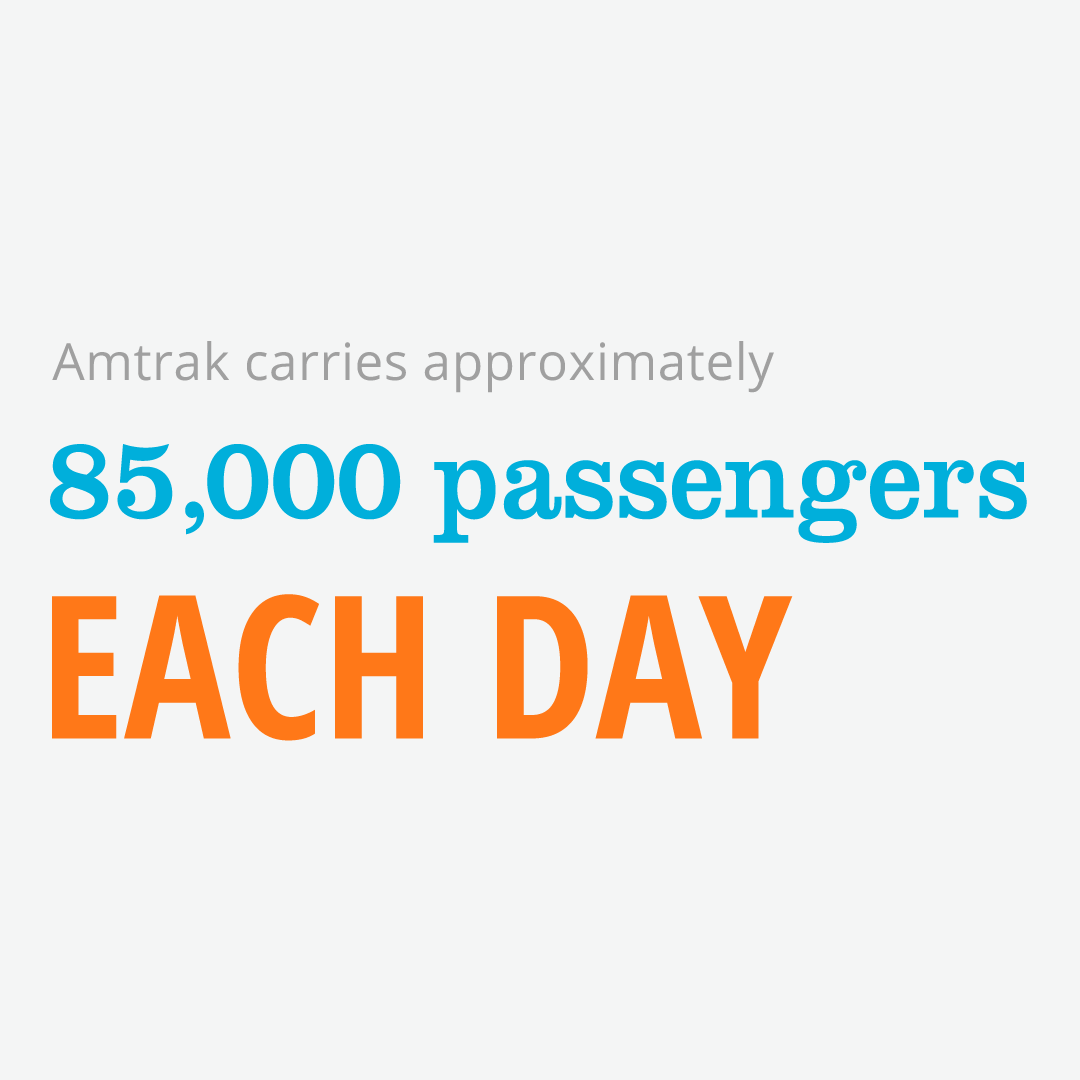As we inch closer to the caucuses, Democratic candidates are running out of time to release tangible policy solutions which focus on the issues that are most critical to the majority of Americans. One of those issues, which 90 percent of Americans support, continues to be the condition of our nation’s infrastructure. So far, four candidates have released their plan for modernizing our nation’s roads, bridges, electric grid, water systems, and more—in order to bring our country’s infrastructure into the 21st Century.
Below are the highlights from those candidates that have already released infrastructure plans. We will continue to add any additional infrastructure plans from candidates as they are released.
Here’s where the candidates stand:
Joe Biden: The former vice president’s $1.3 trillion infrastructure plan aims to reduce car emissions, create jobs, and ensure the Highway Trust Fund has new revenues to stay solvent. He has proposed spending $50 billion his first year in office on repairing existing roads and bridges, $10 billion over 10 years to build transit in high poverty areas, and a grant program for cities to transition to autonomous vehicles. His plan follows in the footsteps of the infrastructure goals in the Obama administration, especially with his plan to secure and stabilize the Highway Trust Fund. However, the plan only alludes to paying for the $1.3 trillion in investments through tax increases on corporations and the wealthy, but does not outline what those taxes would be. Other components include:
- Installing 500,000 public charging outlets for EV nationally;
- Pushing the U.S. to net-zero greenhouse emissions by 2050;
- Making streets and highway safer, by having the U.S. Department of Transportation work with cities around the country to build complete streets. In addition, the plan calls for federal funding for key safety initiatives, such as the Highway Safety Improvement program, and encourages state and local governments to explore new technologies that can reduce accidents;
- Investing in freight infrastructure, including inland waterways, freight corridors, freight rail, transfer facilities, and ports;
- Investing in energy infrastructure for a 100% clean energy economy and making buildings more energy efficient; and
- Replacing aging pipes and investing in water infrastructure, monitoring for lead and other contaminates while holding polluters accountable, and investing in water technology.
Mike Bloomberg: Citing the D+’ grade ASCE gave our country’s infrastructure in the 2017 Infrastructure Report Card at the U.S Conference of Mayors’ winter meeting in Washington, D.C., the former mayor proposed investing more than a trillion dollars in roads, pipes, railways, and telecommunication lines. He promises to fix 240,000 miles of roads and 16,000 bridges in disrepair by 2025, by spending $850 billion over 10 years on capital projects and coming up with a $1 billion annual pothole fund for emergency repairs. He also called for more broadband access and deploying electric vehicle charging infrastructure on highways across the country. Stressing job creation, accessibility, and social equity in his plan, he has also proposed using data from the public and private sector to create a national map of transportation routes, highlighting missing links in road, rail, transit, air, and freight networks. Other components include:
- Surface Transportation Block Grant Program increase to $30 billion/year;
- Triple annual federal transit investment, $12 billion/year in operating assistance;
- Expand broadband to 10 million more Americans by 2025 and to all Americans by 2030;
- Raise the budget for the Nationally Significant Freight and Highway Projects program to $5.5 billion annually by 2025;
- Provide $100 billion over 10 years in clean drinking water infrastructure;
- Provide $175 million over 5 years to the Water Infrastructure Finance and Innovation Act (WIFIA);
- Raise EPA’s Clean Water State Revolving Fund and Drinking Water State Revolving Fund to $6.6 billion annually;
- Use tax incentives to encourage lead removal from homes;
- Create a Climate Resilience Finance Corporation with $100 billion annually in Treasury credit authority to reduce carbon pollution and increase resiliency against climate events.
Pete Buttigieg: Former Mayor, Pete Buttigieg’s $1 trillion plan pushes investment in roads, utilities, broadband, public transportation, and lead mitigation and stresses that federal funds go to cities, counties, tribes, towns, and states that need resources, with an eye on combating climate change. He has promised to ensure every American has access to clean drinking water, while also lowering water bills nationwide. Additionally, Buttigieg calls for investment in sustainable infrastructure that would enable economic growth in 50 percent of U.S. counties over the next 10 years. The former mayor has also committed to repair massive projects through a $200 billion job training program, as well as six million new construction jobs. A large portion of his plan emphasizes a national Vision Zero policy, stressing the importance of making traffic safety a national priority. Other components include:
- $10 billion for training and apprenticeship programs to attract new workers;
- $200 billion transition fund for workers to move to clean energy jobs;
- $100 billion investment to protect millions from lead in paint and water;
- $20 billion for replacing three million lead service lines by 2030;
- $30 billion for water/wastewater infrastructure to upgrade and expand systems;
- $100 billion to establish a fund to address lead in water, paint and soil;
- $50 billion Community Flood Protection for state levees and dams;
- $40 billion Sea Level Defense Fund;
- $150 billion to improve public transit, including $12 billion to expand to rural communities;
- Double Department of Transportation’s BUILD grant program, which funds a wide variety of infrastructure projects, to $2 billion a year;
- $6 billion in electric vehicle charging infrastructure;
- Fund the repairs of half of bridges/roads in poor condition by 2030;
- Making the Highway Trust Fund solvent with $165 billion until 2029 by asking the Department of Transportation to come up with a “new and sustainable” user fee-based system. The plan specifically outlines a transition from a gas tax to a vehicle-miles-traveled model—with discounted rates offered on a sliding scale based on income; and
- $80 billion to expand broadband services.
Amy Klobuchar: The first candidate to come up with an infrastructure plan back in May, the Minnesota senator proposed a $1 trillion infrastructure investment plan, which includes a $650 billion increase in federal spending on infrastructure programs, including rural broadband, municipal waterworks, energy efficiency retrofits, school construction, seaports and airports, inland waterways, and mass transit – in addition to highways and bridges. Senator Klobuchar has proposed taxing the wealthy to help pay for this robust plan, proposing an increase in the corporate tax rate to 25%. She has also proposed turning our transportation system into a “world-class” system, expanding public transportation, and a creating high-speed rail system. Other components include:
- Rebuilding our schools;
- Connecting every household to the internet by 2022 by closing the urban-rural divide and creating broadband maps to identify areas that lack access;
- Making our economy one that depends on clean energy, which includes legislation that invests in green infrastructure, modernizes our energy infrastructure, and overhaul building codes;
- Helping cities and states plan for climate change impacts by building stronger, more resilient infrastructure networks; and
- Ensuring clean water by making an investment in sewer and sanitation systems.
As a reminder, President Trump proposed a $1.5 trillion infrastructure plan in 2018. His plan discussed roads, bridges, and airports in addition to water, waterways, water resources, energy, rural infrastructure, public lands, veterans’ hospitals, and land revitalization and focused on job creation and training the infrastructure workforce. Last year, Congress and the President proposed a $2 trillion infrastructure plan and came close to an agreement, but politics got in the way and this plan has not come to fruition. Here are some components of his plan:
- $200 billion in Federal funds to spur at least $1.5 trillion in infrastructure investments with partners at the state, local, tribal, and private level.
- New investments will be made in rural America, which has been left behind for too long.
- Decision making authority will be returned to State and local governments.
- Regulatory barriers that needlessly get in the way of infrastructure projects will be removed.
- Permitting for infrastructure projects will be streamlined and shortened.
- America’s workforce will be supported and strengthened.
Finally, the candidates aren’t the only ones focused on infrastructure in 2020. This week at the U.S. Conference of Mayors annual meeting, the 2019 results of Boston University’s Initiative on Cities Menino Survey of Mayors were announced, revealing that 45% of mayors consider infrastructure the top issue presidential candidates should be discussing. Water, stormwater, and wastewater were ranked as higher priorities this year than in 2015. Water topped the mayors’ list of potential “big ticket” investment items, with mass transit and roads closely behind. The survey also concluded that half of the mayors believe roads are unsafe for cyclists and 66% believe mayors are too dependent on cars.
We all know that an infrastructure bill will ultimately mean more time at home with your family – shorter commutes in many cases and more options and choices for getting around – whether that be by car, bus, rail, or bike. It will also mean that the American marketplace will stay competitive. It’s no surprise that the US Chamber of Commerce ranked infrastructure as one of their key federal priorities for this year. Reliable, modern infrastructure systems boost productivity for businesses and reduce costly delays that are often translated on to consumers. ASCE looks forward to seeing action on infrastructure in 2020 and are pleased to see candidates sound the alarm on this issue.























































